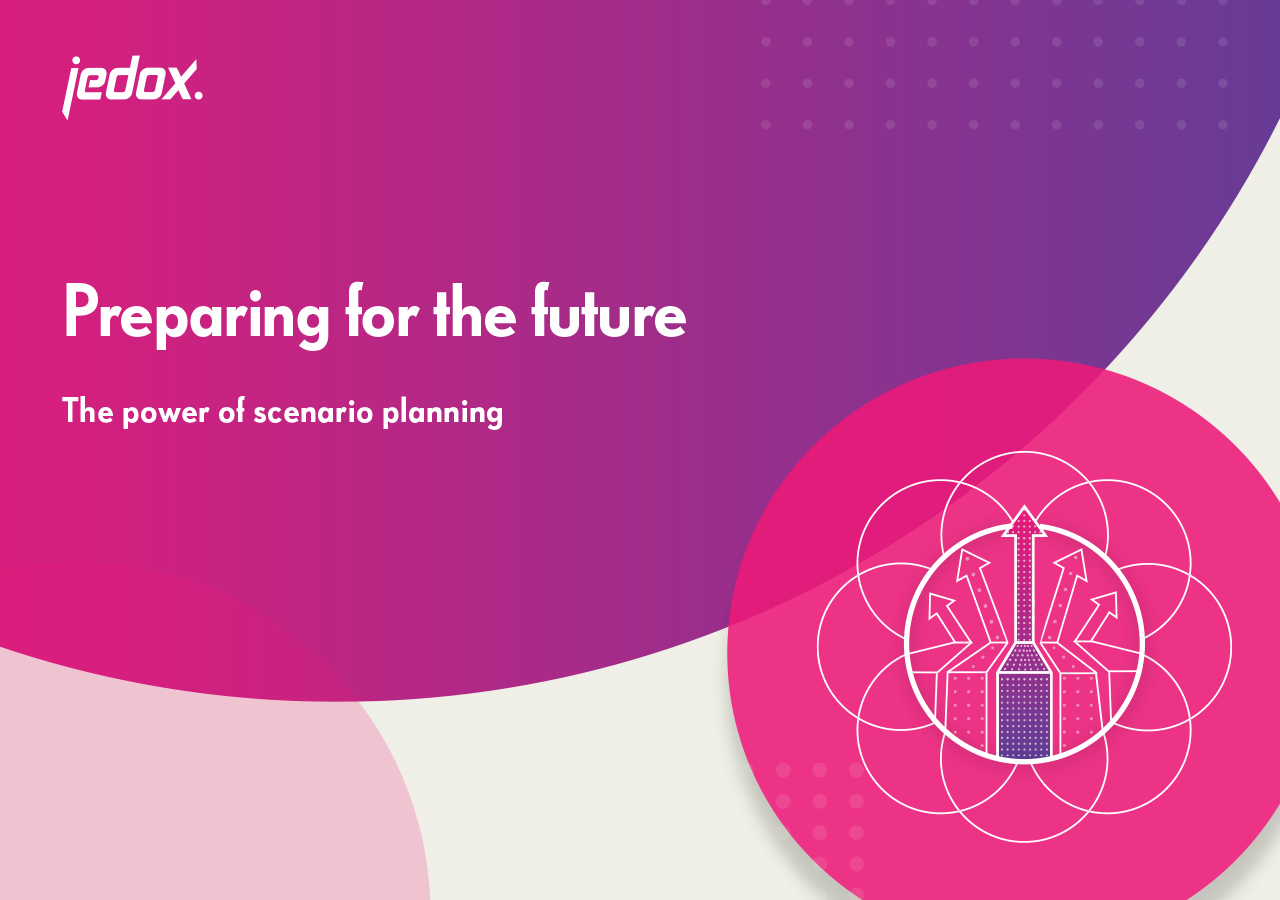Preparing for the future: The power of scenario planning
Build a streamlined scenario planning process that enables adaptability and confident decision-making. Discover how to build a powerful scenario planning process and deliver adaptable plans that shape the future, including:
What is scenario planning?
One of the biggest business risks is information uncertainty – organizations don’t know what they don’t know. So how can executive teams make confident decisions and move forward in a volatile, uncertain, complex, and ambiguous (VUCA) world? One way is through scenario planning.
Scenario planning involves generating and analyzing potential future scenarios, including simulating the effects of intricate changes on the organization and conducting rigorous assessments of alternative courses of action. It provides a structured approach to view different ways the future may unfold based on current trends and assumptions. Using a scenario planning software, executive teams can make decisions based on various possibilities to stay adaptable and drive growth.
The future is probabilistic. Scenario planning empowers organizations to prepare for several potential outcomes based on what they think might happen or what they will make happen. It also uncovers opportunities and risks, tests the robustness of their strategies, and improves decisiveness amid uncertainty.

